What is a mind map?
Alex Faickney Osborn, an American advertising executive first used the term "brainstorming" in 1953. While devising methods for creative problem solving, he came up with the idea of a brainstorming session (originally dubbed a “think up” session) to bring together new and creative ideas.
Brainstorming refers to the general task of generating ideas and doesn’t necessarily require drawing a diagram or mind map. Ideas are written down on large sheets of paper, sticky notes, whiteboard, or flipchart, with the goal of as many ideas as possible.
Tony Buzan, a British psychology author and TV presenter popularized mind maps in 1970s. Buzan made this method of brainstorming, also known as “radiant thinking,” better known. His mind mapping technique was inspired by similar methods used by Leonardo da Vinci, Albert Einstein, and Joseph Donald Novak.
Mind maps enable visual organization of your thoughts to work through complex problems, identify correlations, and see the big picture. They are great tools to organize ideas, thoughts, or concepts and see how they are interrelated. They are especially useful for brainstorming sessions, problem solving workshops, or note-taking. Documenting different ideas associated with a concept and placing them on the mind map also boosts productivity and inspires creativity.
What is mind map used for?
Mind maps are great tools to:
-
Organize ideas, thoughts, or concepts and see how they are interrelated.
-
Summarize and give structure to your thoughts by writing them down.
-
Work through complex ideas and see the big picture.
-
Show different ideas associated with a particular concept.
-
Brainstorm, take notes, create presentations, problem solve and document outlines.
-
Share ideas with other team members or stakeholders that need it.
-
Consolidating information from different sources.
-
Studying and memorizing information.
How do you create a mind map?
You can create a mind map using any of the templates provided with this bundle. It includes 8 unique designs with each template available in colored as well as black, A4 size and US Letter (32 printables).
There's a template for monthly mind map activity as well as setting goals. Other templates can be used for project plan, business models, product design, strategic thinking, study planning, financial management, brainstorming new ideas, project kick-off, marketing ideas, outline articles, prepare essays and papers or any other purpose.
Follow these steps to create a mind map:
-
Start with the main idea.
-
Brainstorm ideas related to this main idea. These ideas will branch out from the main idea.
-
Add in sub-ideas to elaborate main topic. Use branches from each idea/sub-idea to dive deeper and uncover next level of information.
-
Rearrange the information if needed for better structure and understanding.
-
Draw images and use colors for visual impact.
-
Takes notes, highlight key points or add next steps to be taken.
Why are mind maps useful?
There are numerous benefits of using mind maps:
Improves memory and recall
Organizing information using mind maps enables easy recall of key ideas and themes. Filtering long content into shorter mind map topics using images, colors, shapes and connections helps our brain process and memorize large amounts of information. By focusing on key ideas written down in your own words and looking for connections between them, you can map knowledge in a way that will help you to better understand and retain information. Research shows that using mind maps to study can boost retention by 10-15%. Small drawings and illustrations also help with memory especially when used as a study aid.
Makes learning easy
Mind maps enable you to make connections between new and existing ideas. They also help in solving complex problems by breaking down the main idea and structuring it using sub ideas and key points. Adding new ideas to your existing knowledge and organizing them in a mind map strengthens your understanding of the concept thereby making learning fun and easy.
Boosts creativity
Developing a mind map stimulates your brain which fosters creative flow of ideas. It also enables you to draw ideas and knowledge from different domains which prevents you from getting sucked into linear thinking.
Enhances productivity
Using a mind map, you can break down large projects into manageable chunks, which makes you plan effectively without getting overwhelmed. Being able to communicate ideas with ease, learn faster, brainstorm complex topics and collaborate effectively saves you tremendous amounts of time thereby enhancing your productivity.
What are some examples of mind mapping?
Consider these examples of mind mapping:
Example 1: Goal setting mind map
-
Main idea: Set goals for current year.
-
Identify top 2-3 categories (work, family, personal, community etc) for which you want to do goal setting.
-
For each category, describe short-term goal (achievable in 1-2 weeks), medium term goal (achievable in 3-6 months) and long-term goal (achievable in 1 year).
Example 2: Monthly mind map
-
Main idea: Plan for current month
-
Start with week 1 and identify key ideas, themes and projects to focus. Write them down.
-
Next, add notes highlighting key points or action steps to be taken for week 1.
-
Repeat steps 2 and 3 for week 2, week 3 and week 4.
Example 3: Website creation mind map
-
Main idea: Website creation plan
-
4 components: Front end, back end, design, marketing
-
Front end sub-ideas: User interface, navigation, code, responsible design
-
Back end sub-ideas: Database, CMS, hosting, content
-
Design sub-ideas: Layout, images, colors, fonts
-
Marketing sub-ideas: Email, SEO, SEM
-
Highlight main points under each sub-idea.
Example 4: Business plan mind map
-
Main idea: Business plan for year [Y]
-
5 parts: Planning, Marketing, Research, Sales, Profits
-
Planning sub-ideas: Link building
-
Hiring Staff
-
Budget
-
Profits
-
-
Marketing sub-ideas
-
On-page marketing
-
SEO
-
Meta tags
-
Website content
-
Off-page marketing
-
Link building
-
Offline marketing
-
Brochures and bulletins
-
Social media management
-
Facebook, twitter, instagram, tiktok
-
-
Research sub-ideas
-
Competitors
-
Keyword research
-
Product types
-
Niche and type of business
-
-
Sales sub-ideas: Customers/Merchant
-
Customer page
-
Merchant page
-
Checkout
-
-
Profits sub-ideas: Financial review
-
Total sales
-
Loss
-
Total revenue
-

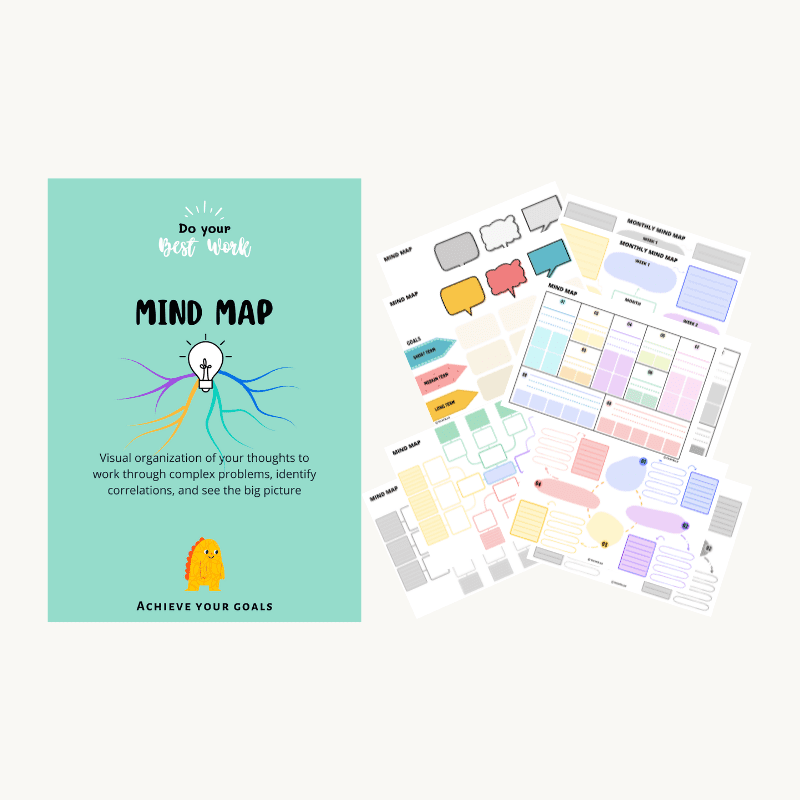
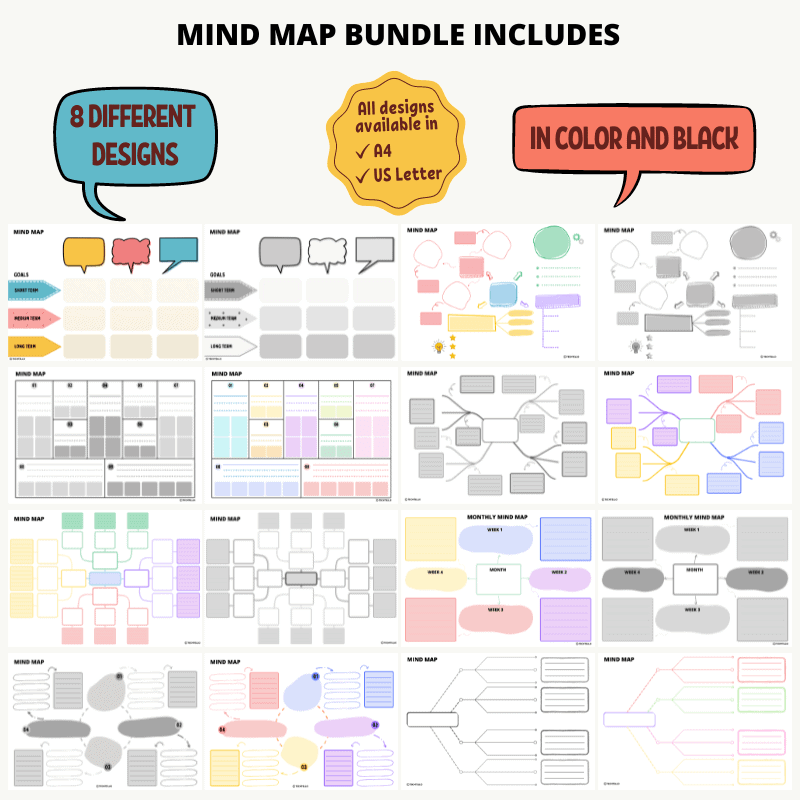
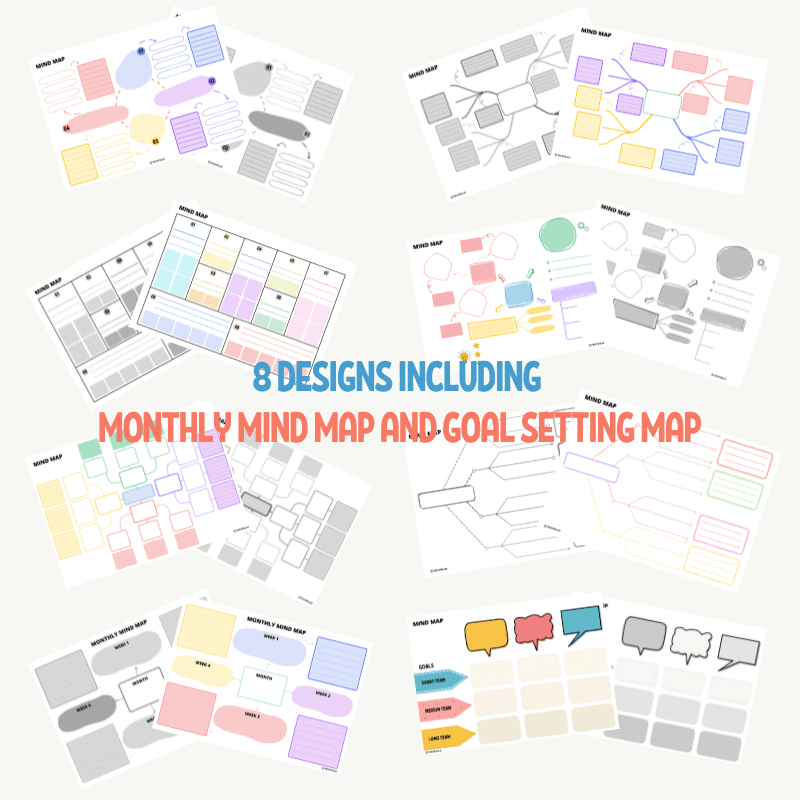
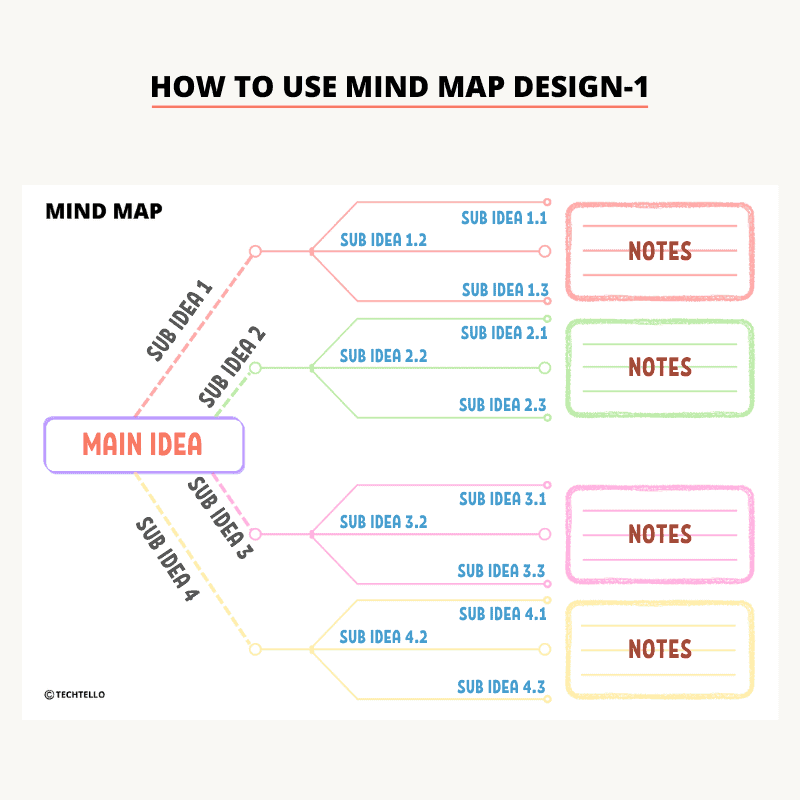
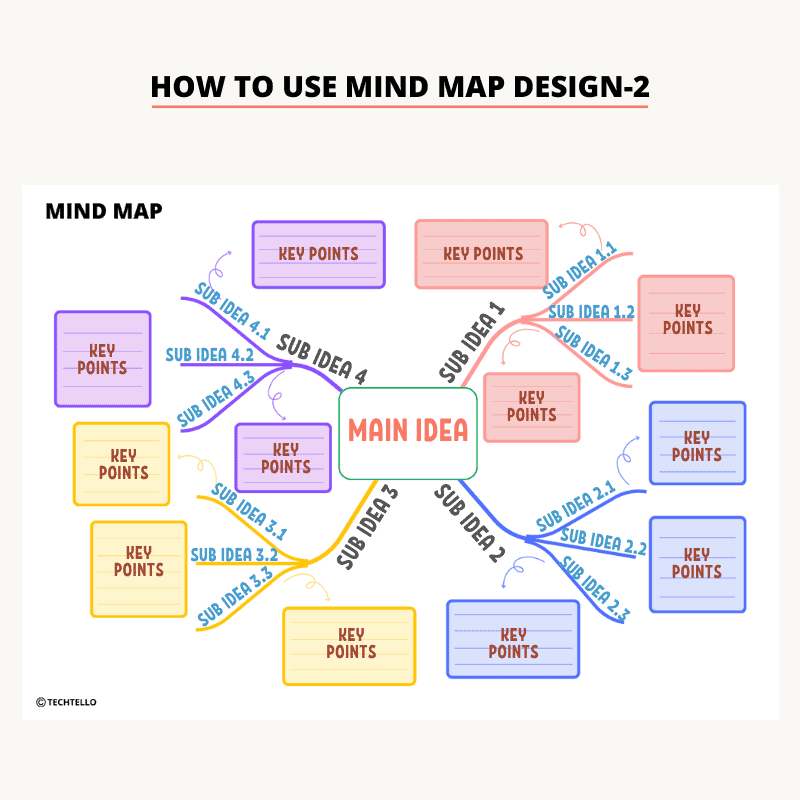
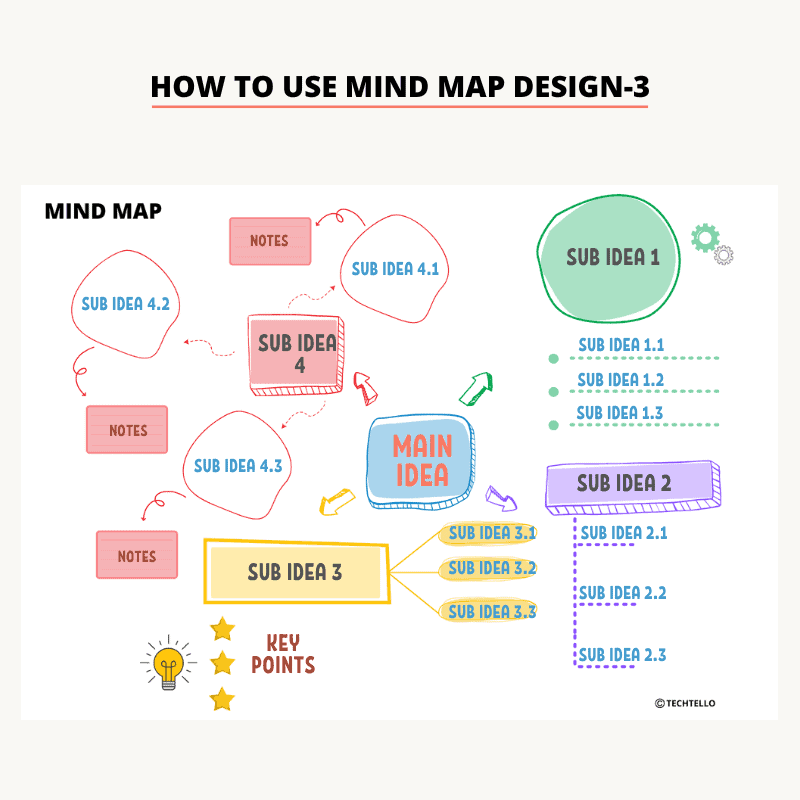
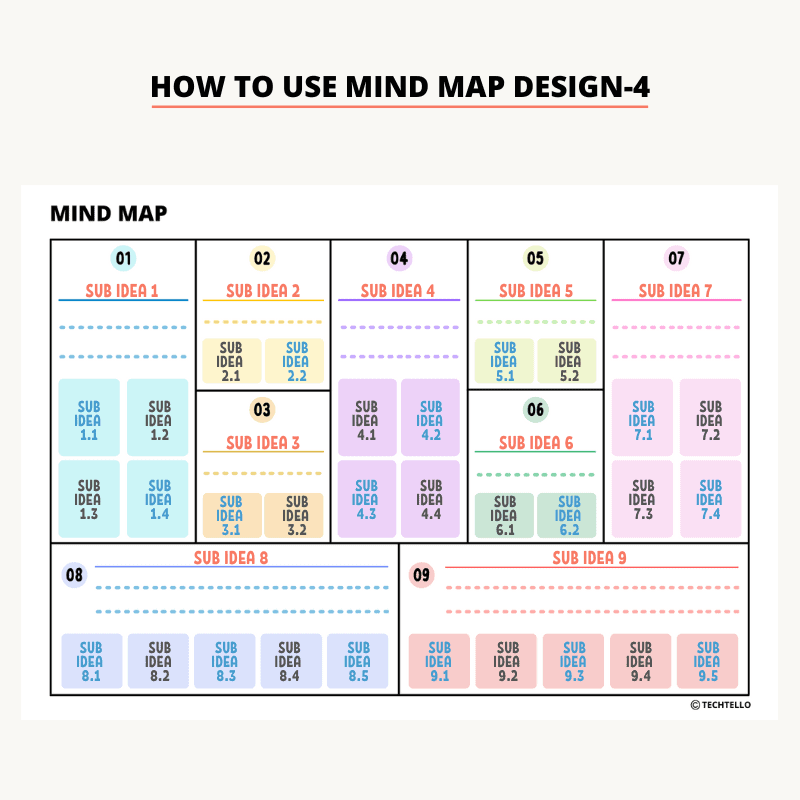
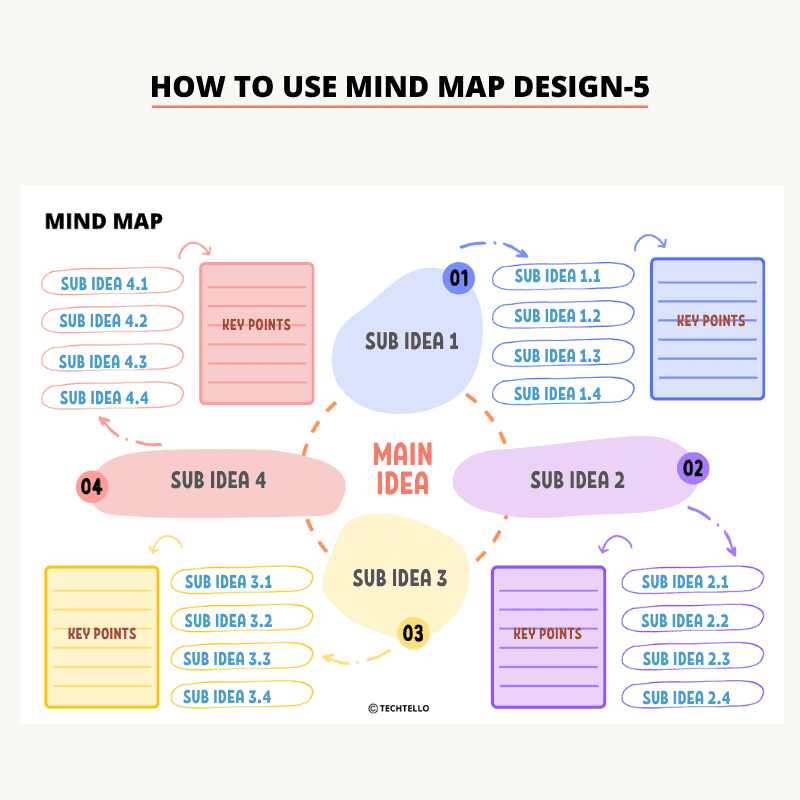
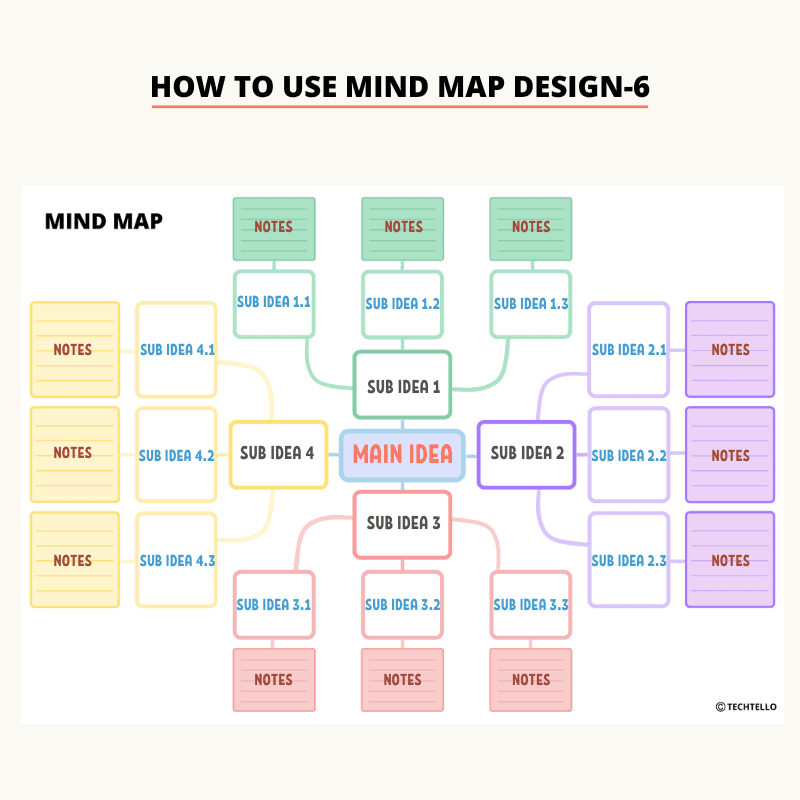
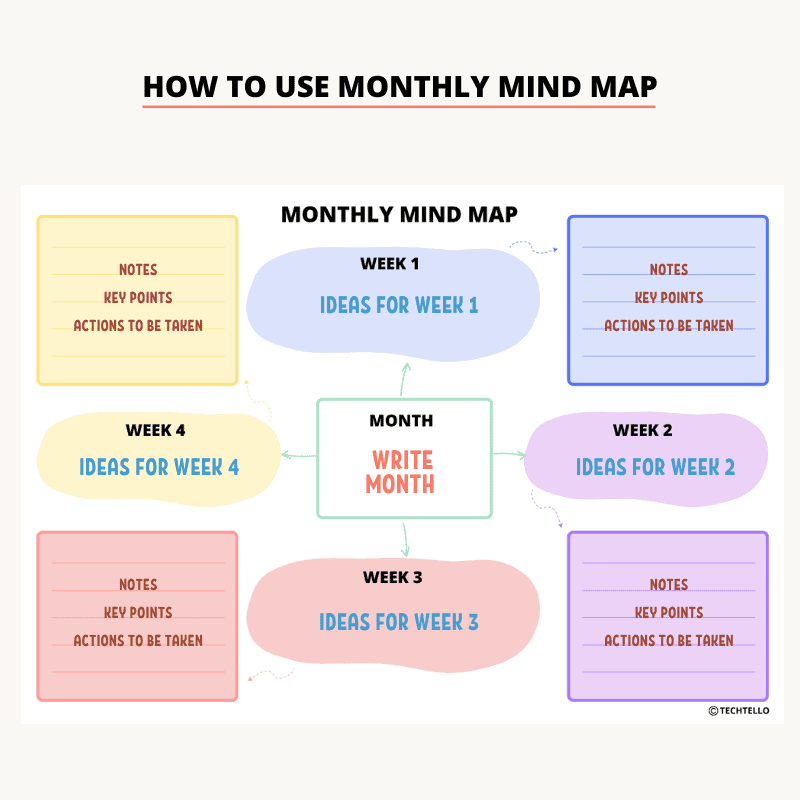
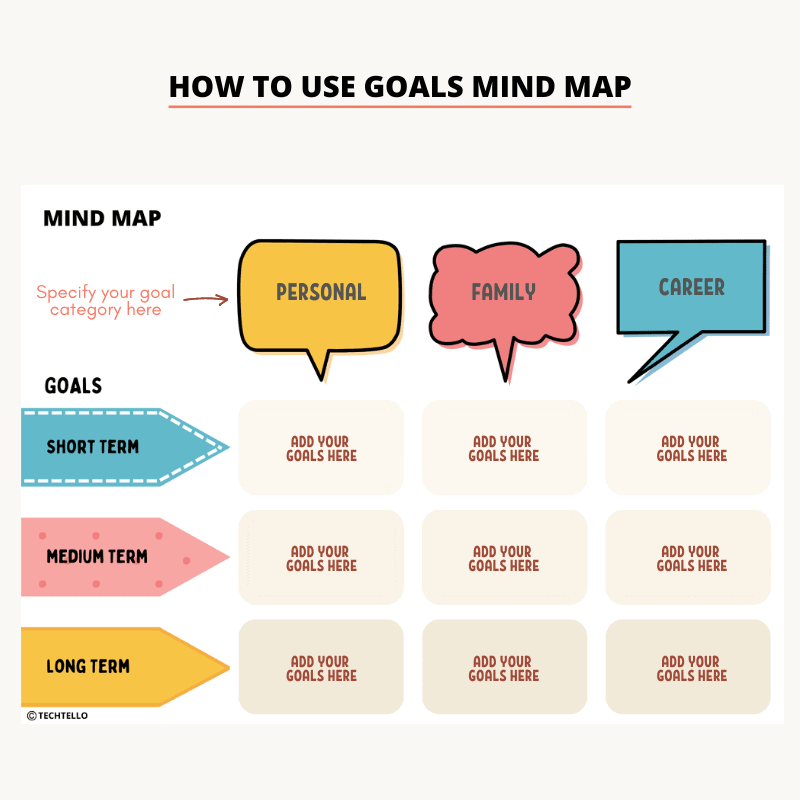
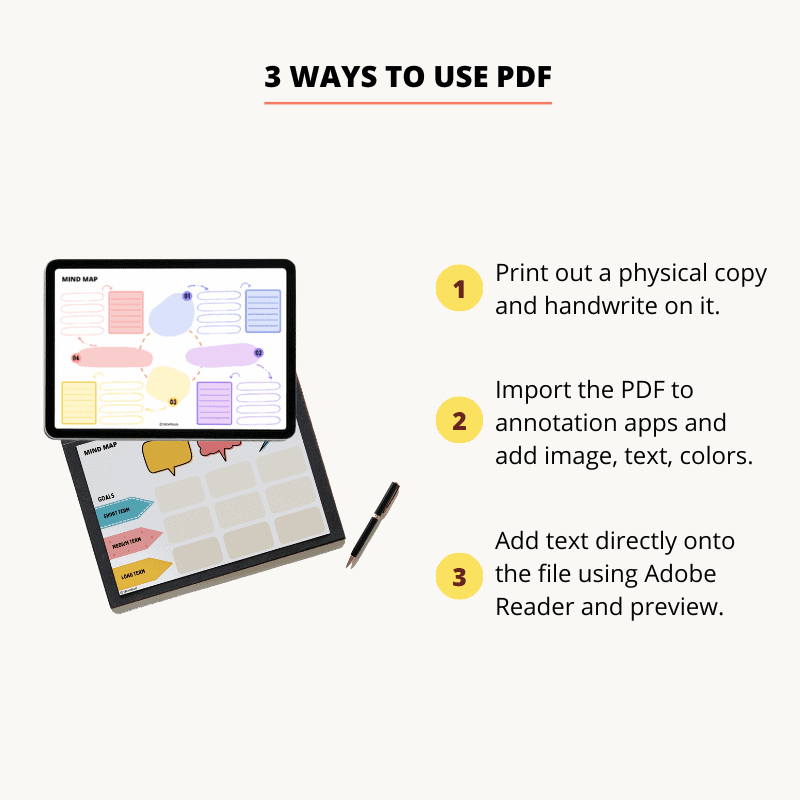
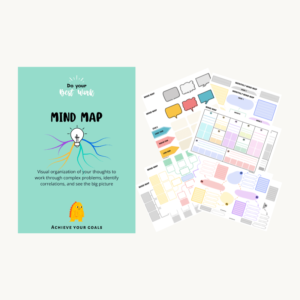
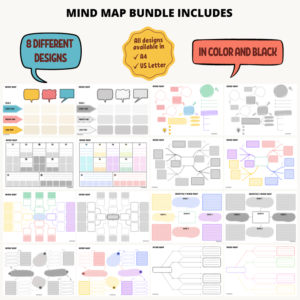
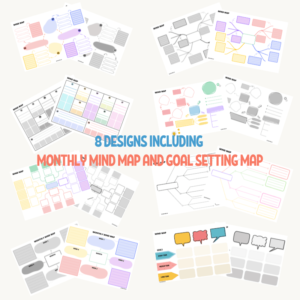
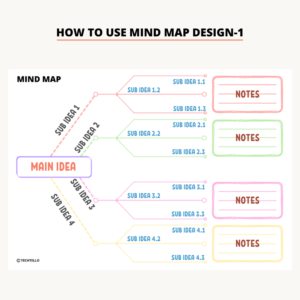
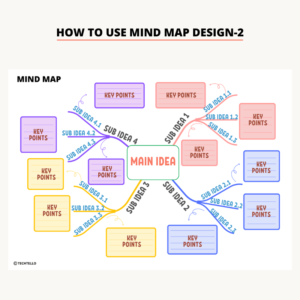
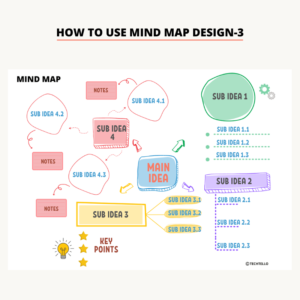
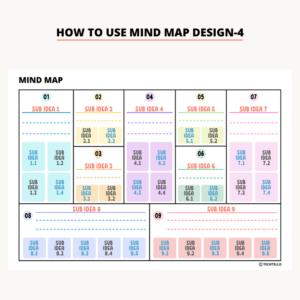
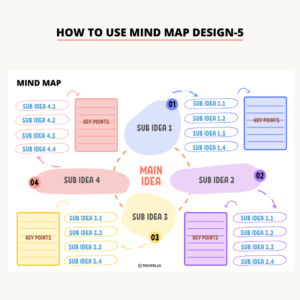
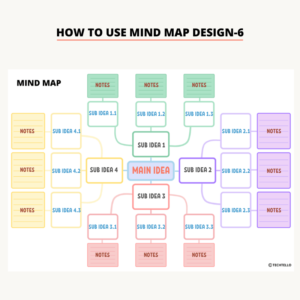
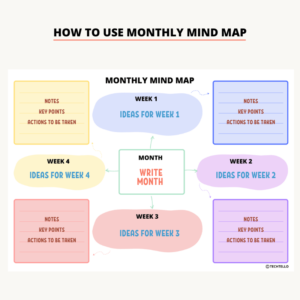
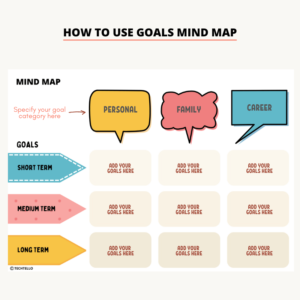
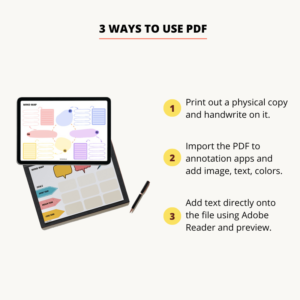
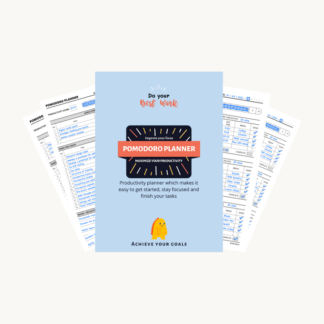
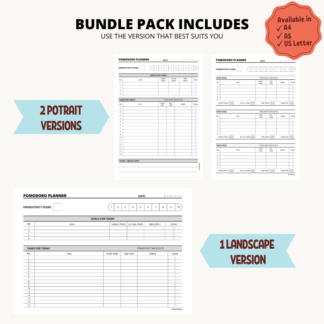
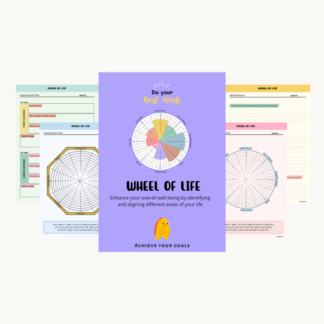
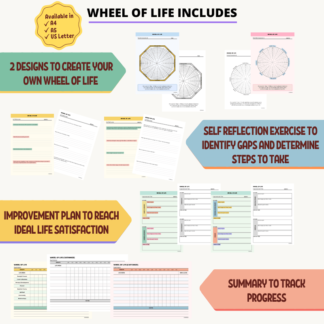
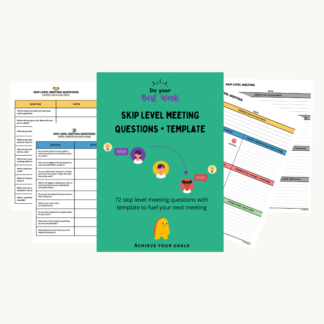
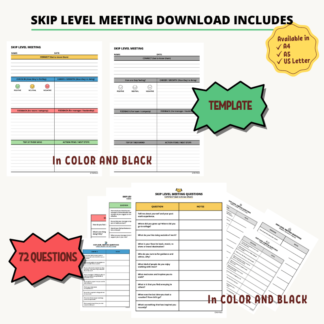
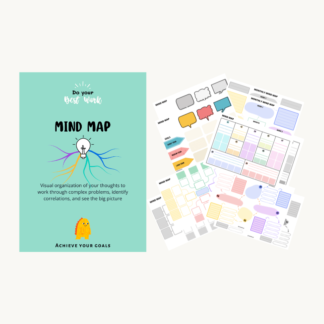
Reviews
There are no reviews yet.